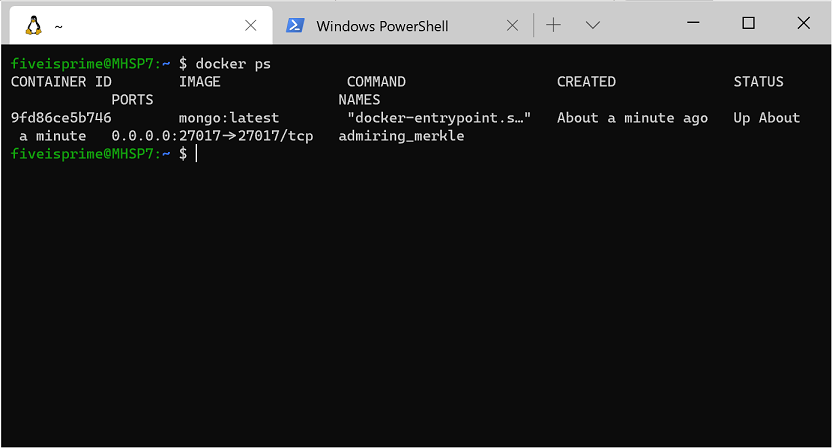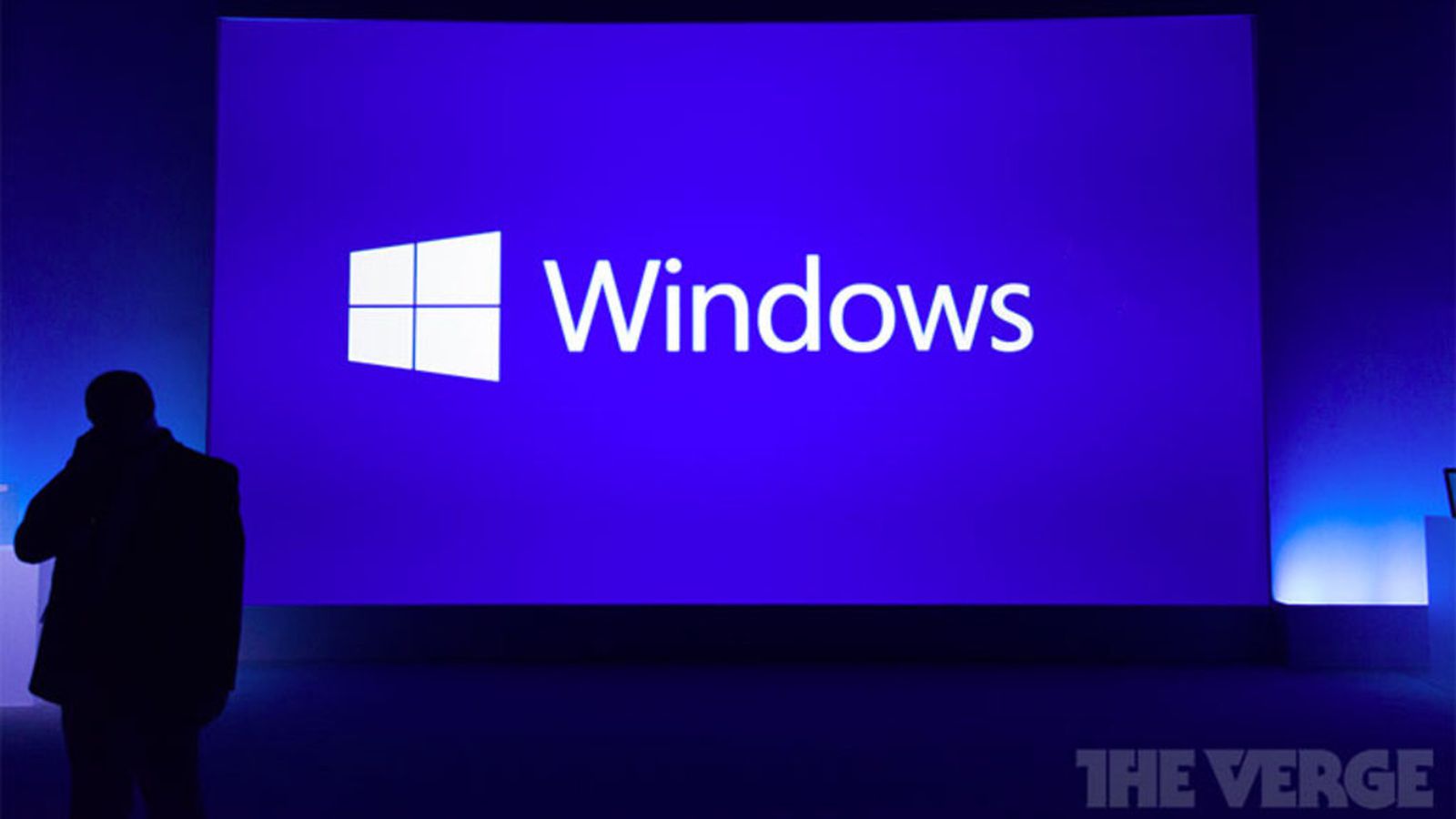
Next, enable "systemd user sessions" for KDE so First, ensure you are running KDE 5.21 or If that is happening, double-check the settings above, but if thoseĪre correct, try the following. That KDE will still use its built-in locker when you close your laptop's Even after disabling KDE's screen locking, above, it is possible 5: Turn off KDE's built-in locking on suspend, even harder. This change will get blown away when you upgrade. " /usr/lib/*/libexec/", or it might be somewhere else.ĭelete that file and replace it with a file containing these two lines. Copy the file /usr/share/applications/sktop into theĭirectory ~/.config/autostart/ 4: Make KDE's "Lock" icon use XScreenSaver. On all three of them: "On AC power", "Battery" and If there are multiple tabs, you may to change these settings " Hardware / Power Management / Laptop lid closed" = Do " Hardware / Power Management / Suspend session" " Hardware / Power Management / Screen Energy Saving"

" Workspace Behavior / Screen Locking / Keyboard shortcut" " Workspace Behavior / Screen Locking / After waking from " Workspace Behavior / Screen Locking / Lock In System Settings, un-check the following items, as these areĬontrolled by xscreensaver-settings(1) now: The KDE screen saver with XScreenSaver, do the following:ġ: Turn off KDE's built-in blanking. Like GNOME, KDE also decided to re-invent the wheel. Sudo ln -sf /usr/bin/xscreensaver-command \ Out, let me know! This still works for Cinnamon 4.8 and MATE 1.24: This used to work, but no longer does with GNOME 3.38. 4: Make GNOME's "Lock" icon use XScreenSaver. Or, see the " LAUNCHING XSCREENSAVER FROM
#Run xscreensaver on linux subsystem plus
Launch " Tweaks", select " StartupĪpplications", click the plus sign, and select " Settings / Power / Automatic Suspend" 3: Launch XScreenSaver at login. " Settings / Privacy / Screen Lock / Automatic Screen " Settings / Privacy / Screen Lock / Blank Screen Set all of the following settings to " Never" or INSTALLING XSCREENSAVER ON GNOME OR UNITYįor many years, GNOME included XScreenSaver as-is, and everythingġ: Fully uninstall the other screen saver packages: sudo apt remove gnome-screensaverīe careful that it doesn't try to uninstall all of GNOME. With their own (buggy, insecure, inferior) screen-locking frameworks, it isĪlso necessary to disable those other frameworks before XScreenSaver can Long-running daemons like XScreenSaver, and since many of them come bundled Likewise, if you have systemd(1) or elogind(8), thenĪll of the popular video players and web browsers will prevent XScreenSaverįrom blanking the screen while video is playing.īoth of these features require that xscreensaver-systemd(6)Įach desktop environment has its own system for launching Locking your screen before closing the lid Have systemd(1), you might want to get in the habit of manually If not, then the screen might not lock until a few secondsĪfter you re-open the lid. If your system uses systemd(1) or elogind(8), thenĬlosing the lid of your laptop will cause the screen to lock Running (though it may take a minute or two for XScreenSaver to notice). When the monitor is powered down, the display hacks will stop The power management settings, that won't work. If and when your monitor should power off.

The xscreensaver-settings(1) program is where you configure no-splash Don't display the splash screen at startup. log filename Append all diagnostic output to the given file. Will manage all screens on the display simultaneously. For displays with multiple screens, XScreenSaver COMMAND-LINE OPTIONS -display host:display.screen The X display to use. Most of their time sleeping/idle by default, so they should not consume The display modes are run at a low process priority, and spend Unmapped, and the running subprocesses are killed.
#Run xscreensaver on linux subsystem windows
When the user becomes active again, the screensaver windows are The various graphics demos are, in fact, just standalone

Of this, any program which can draw on a provided window can be used as a A sub-process is launched forĮach one running a graphics demo, pointed at the appropriate window. Window is created that covers each monitor. When it is time to activate the screensaver, a full-screen black YouĬonfigure it with the xscreensaver-settings(1) program. XScreenSaver is a daemon that runs in the background. XScreenSaver is also available on macOS, iOS and Android. It can also lock your screen, and providesĬonfiguration and control of display power management. XScreenSaver waits until the user is idle, and then runs graphicsĭemos chosen at random. Xscreensaver - extensible screen saver and screen locking


 0 kommentar(er)
0 kommentar(er)
